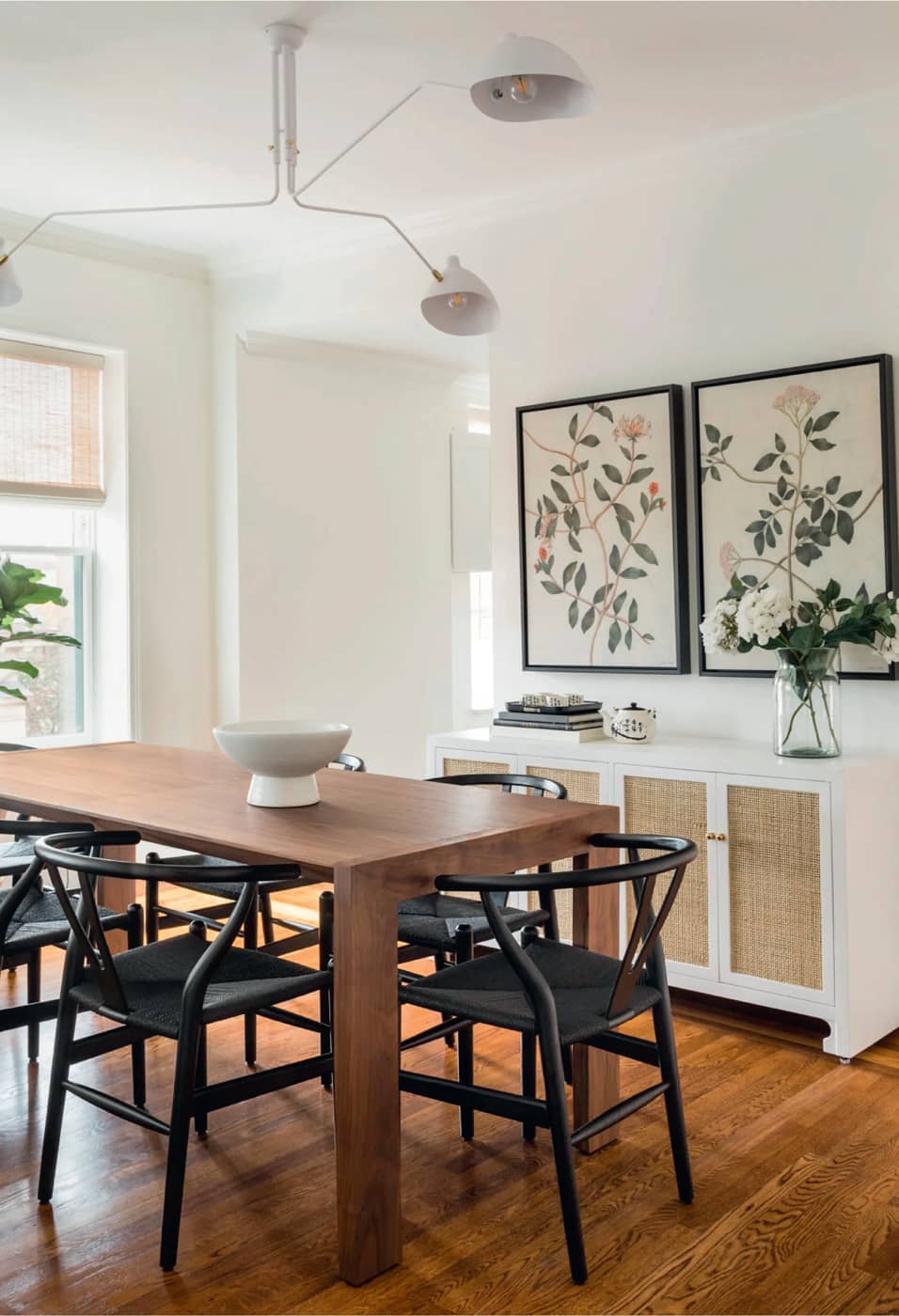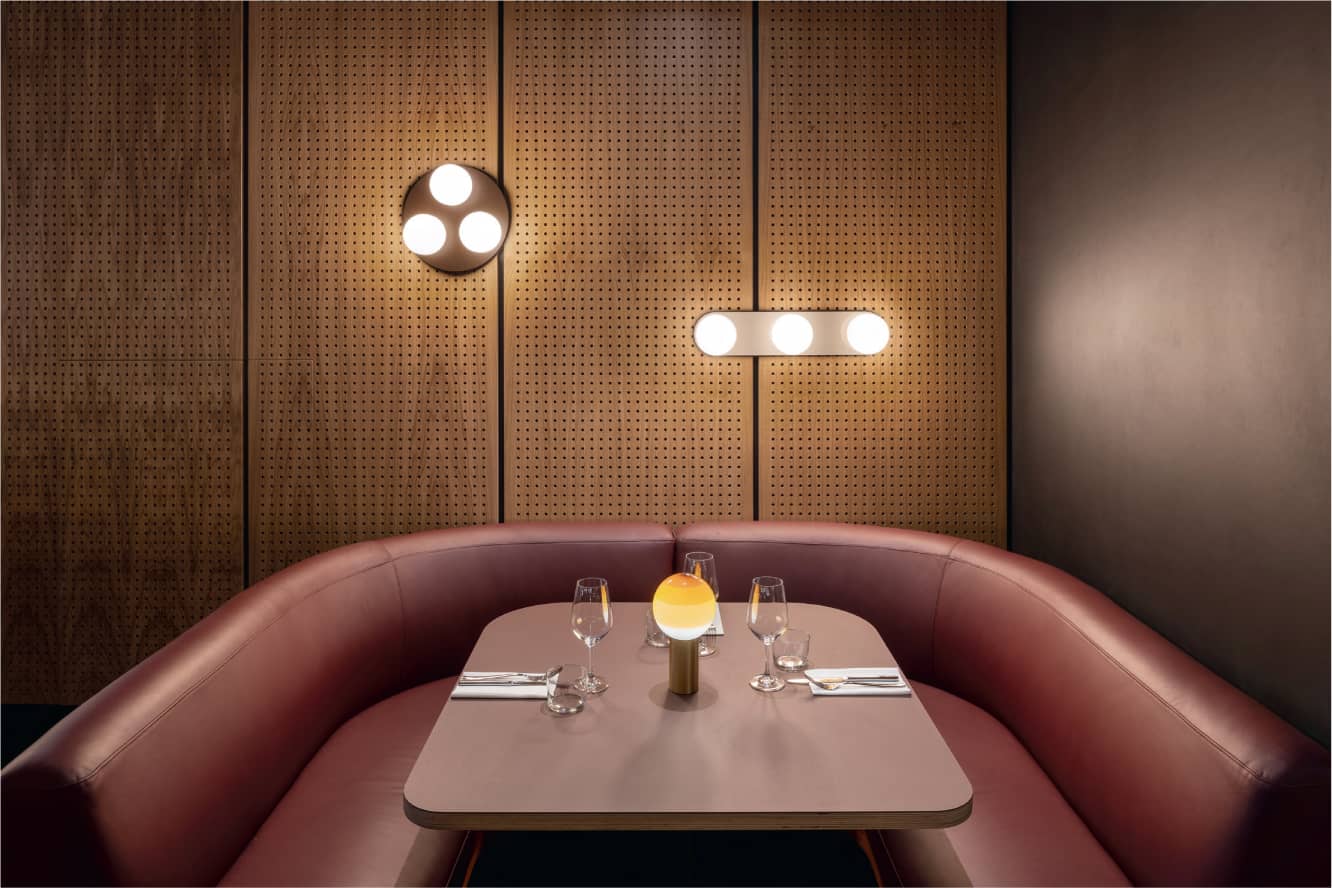40 Harmony
The aesthetically pleasing agreement of parts in a composition.
In musical theory, harmony is the composition of sounds, consisting of simultaneous pitches, rhythms, or chords, and the process of analysis and interpretation by listening or hearing those sounds. Similarly, in interior design, harmony is the way all of the elements in a space combine in a manner to create a pleasing experience for the occupants and users. Designers use harmony to help the senses comprehend the totality of a space, and to understand it as an aggregation of various elements that promote a calming and relaxing interior.
Color harmony can be implemented through the use of a single tone, or can vary in hue or value to unite a space together with the furnishings and objects it contains. Sound can also be used, whether ambient by the active sounds in a space, or through dampening and clamping of reverberation via textiles and acoustic baffles. Touch is also in play, but in a much more subtle way. Using mainly soft surfaces and eliminating hard edges from a design eases movement through a space.
In addition to these, other design elements like furniture or accessories can work together to harmonize based on shape, size, placement, texture, and rhythm.
A note of caution The reliance on a single, repetitive element in a composition can be detrimental to an interior concept. Careful consideration of placement, and subtle variations in surfaces can elevate the emotional resonance of a room, and keep harmony from becoming monotonous.
Feng Shui is the Chinese design philosophy that seeks to find balance and harmony among all elements. The terms feng for “wind” and shui for “water” are the two basic elements driving this reasoning with the goal of positioning different elements to optimize the Chi, or energy within a space. This is done with the incorporation of materials following the five natural elements of wood, metal, earth, water, and fire.

The placement of a central dining table, aligned with lighting above, and the symmetrical placement of a credenza and artwork work in harmony in this Boston residence designed by Jessica Klein.

Asymmetrical placement of RBW light fixtures, acoustic wall panels, and the soft curves of the banquet all work together to balance out this restaurant nook.
